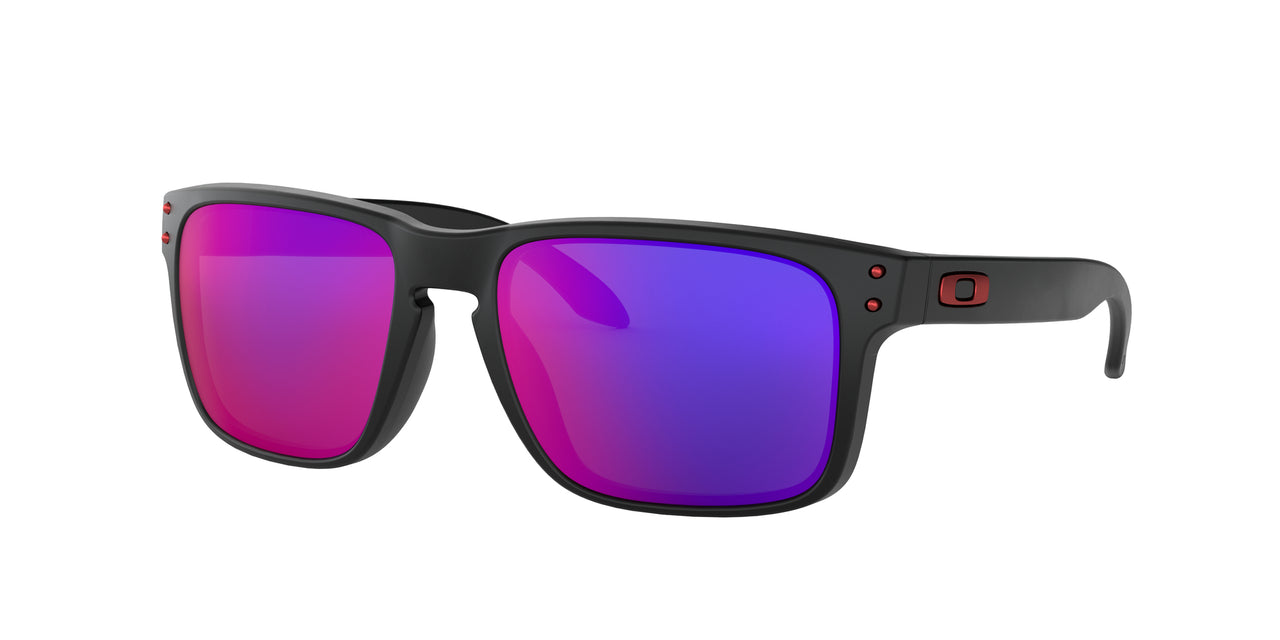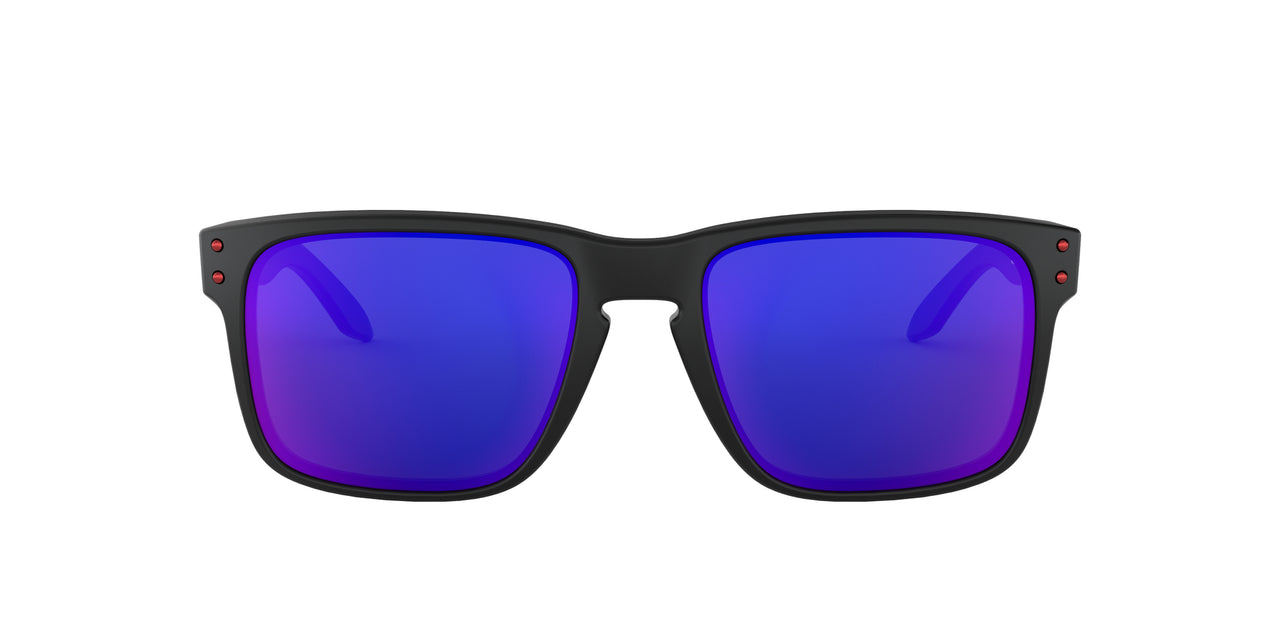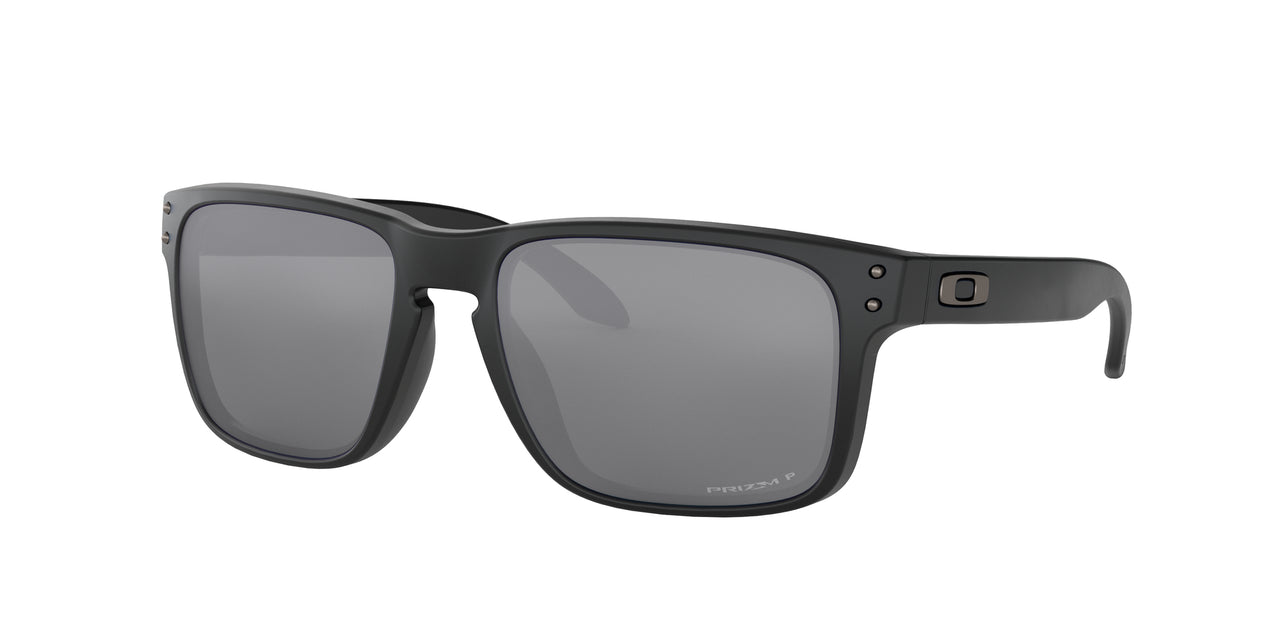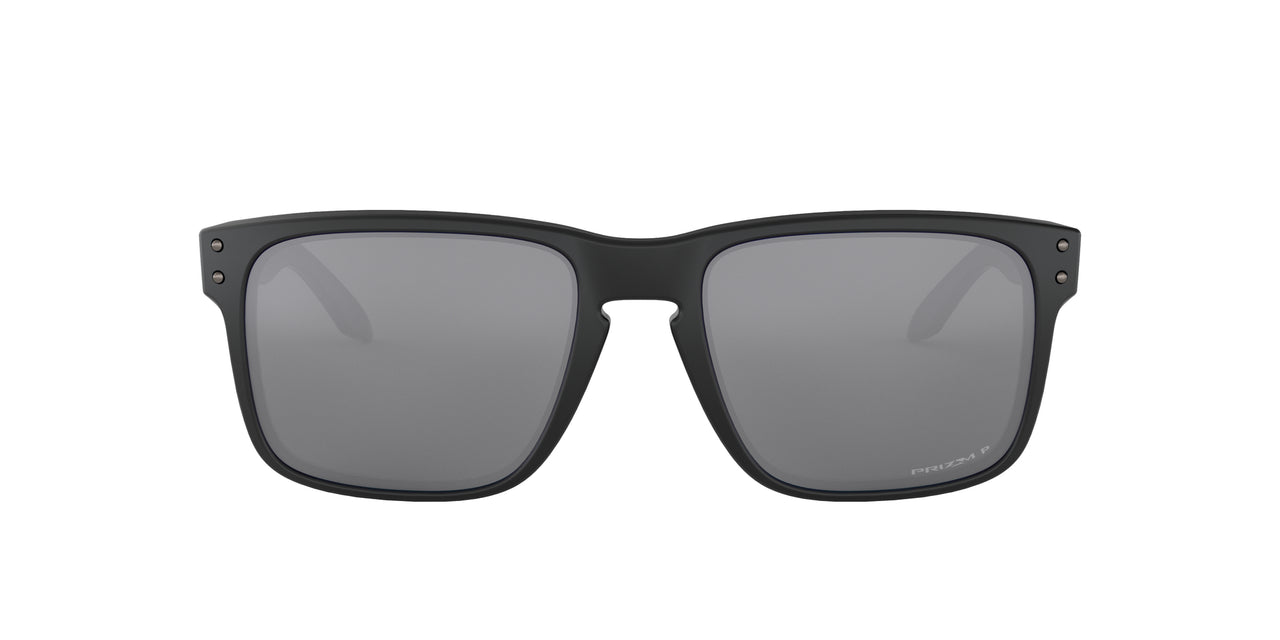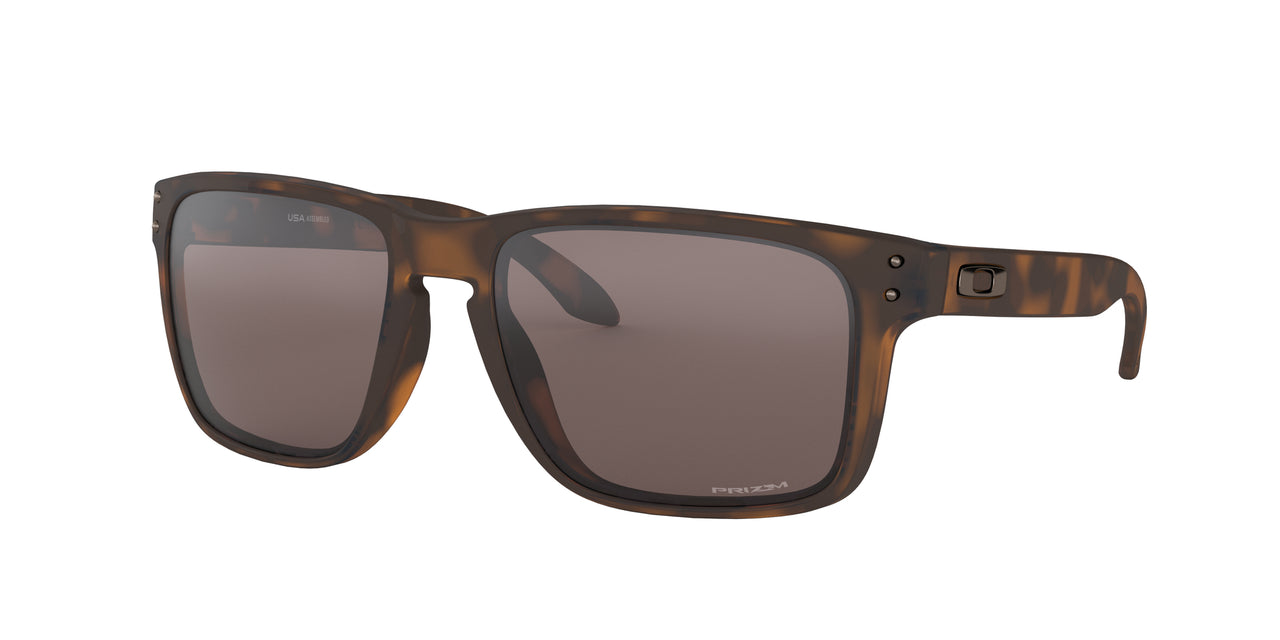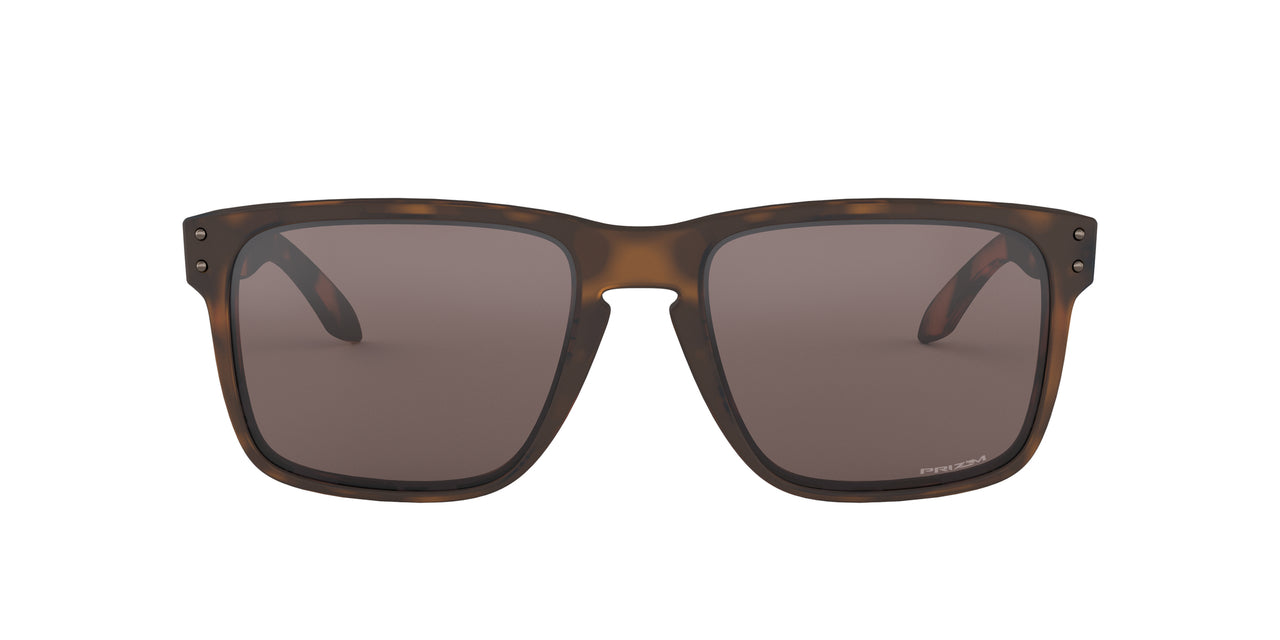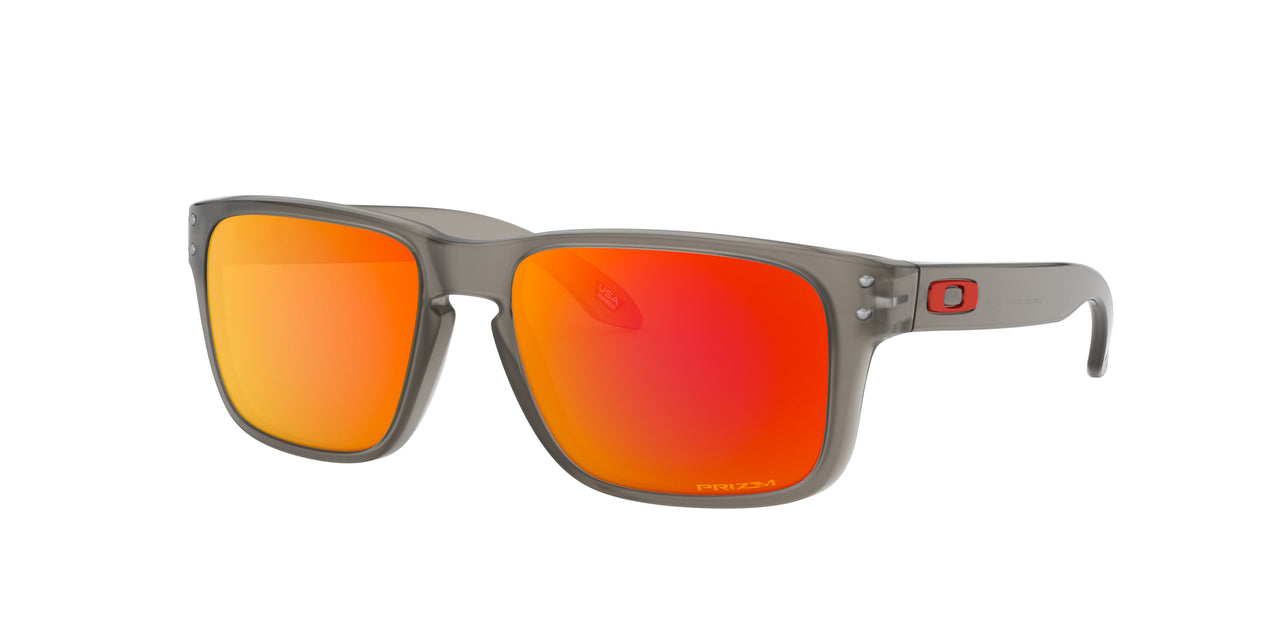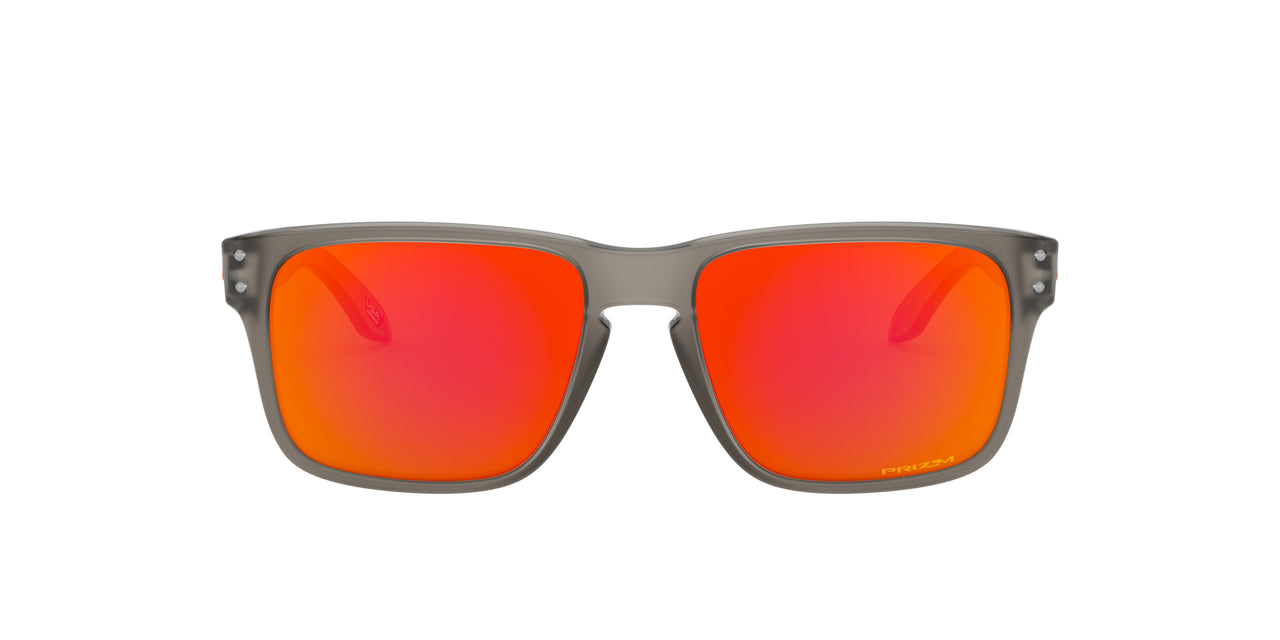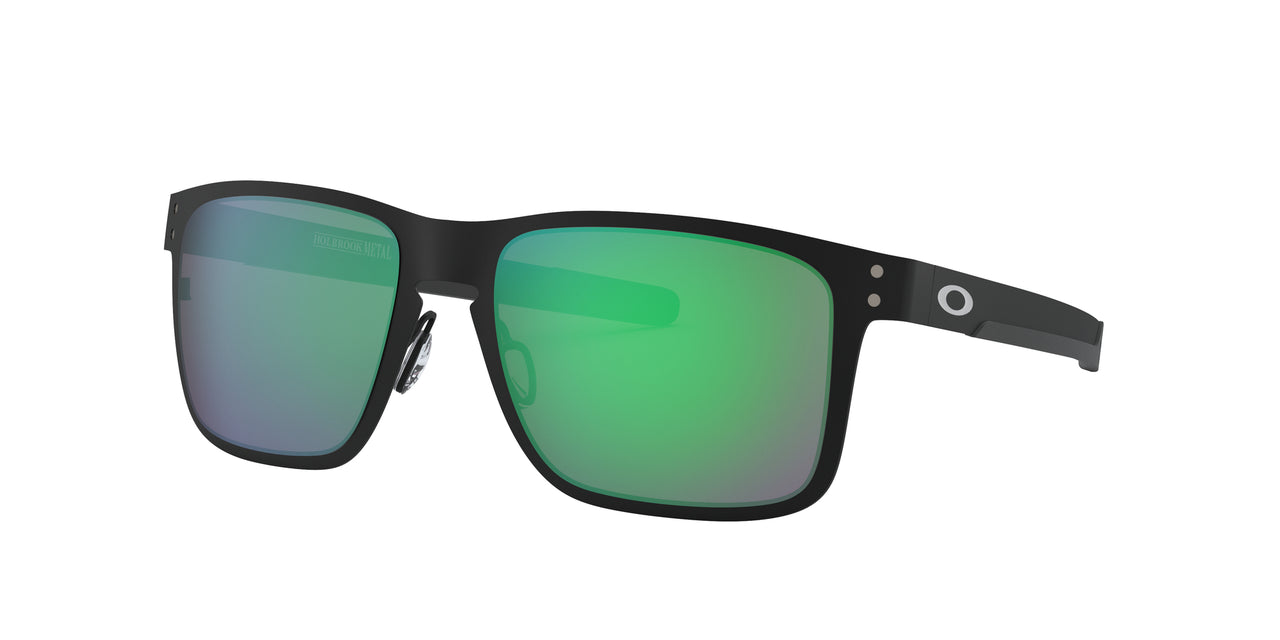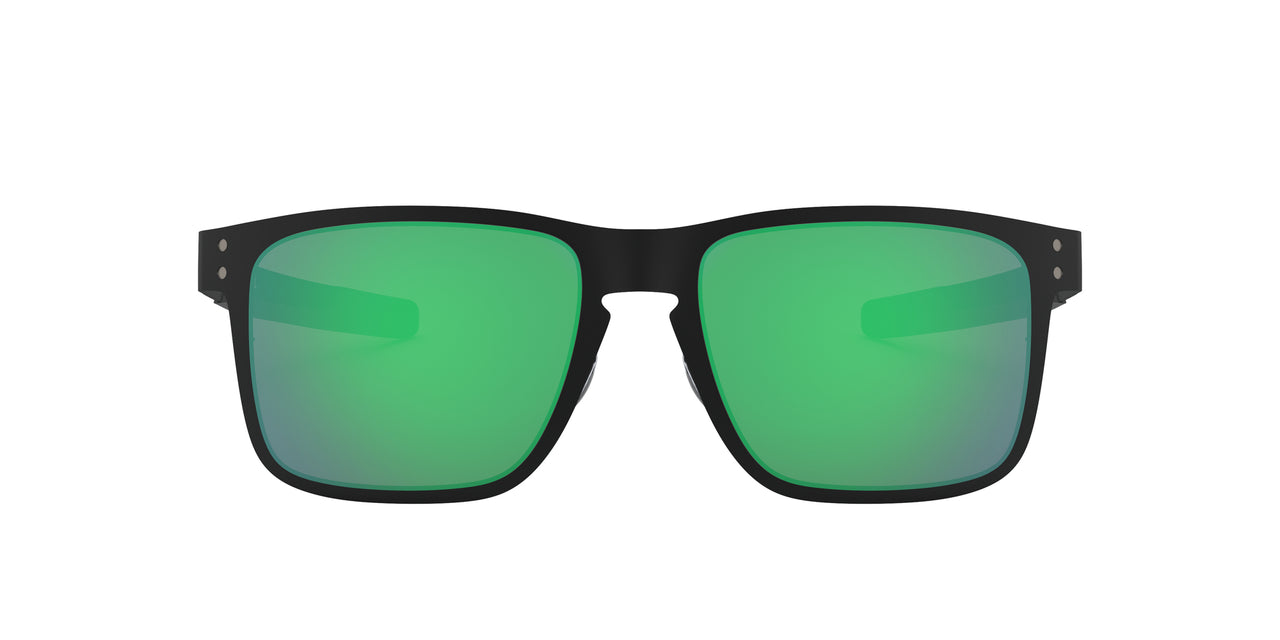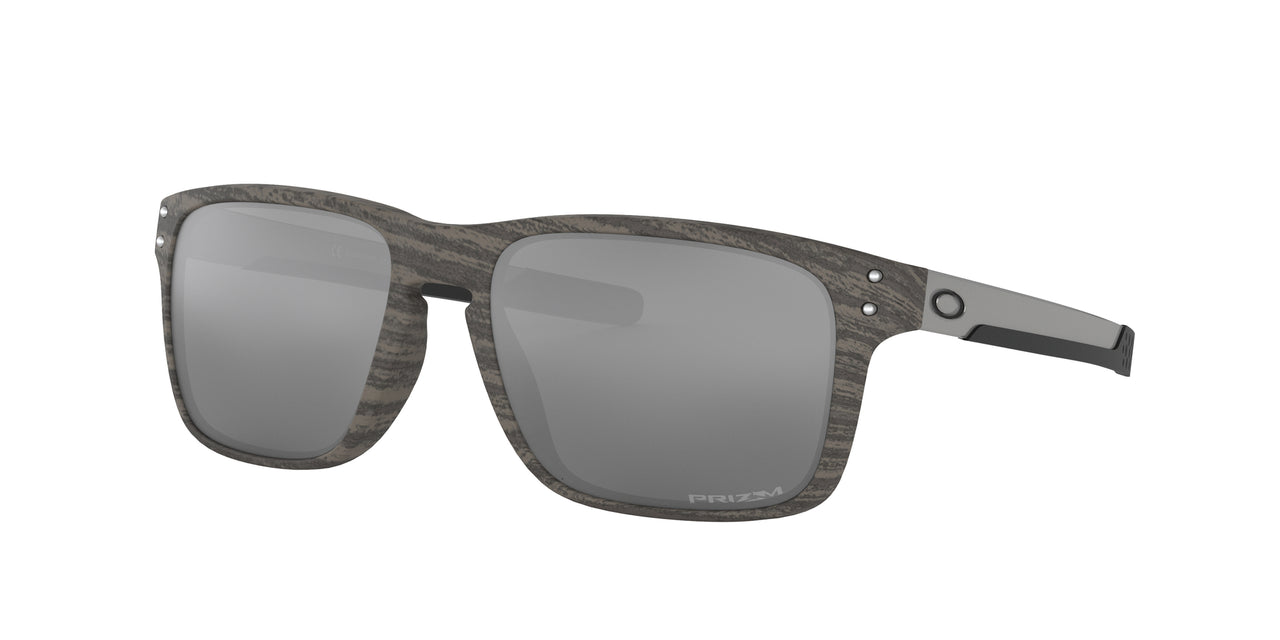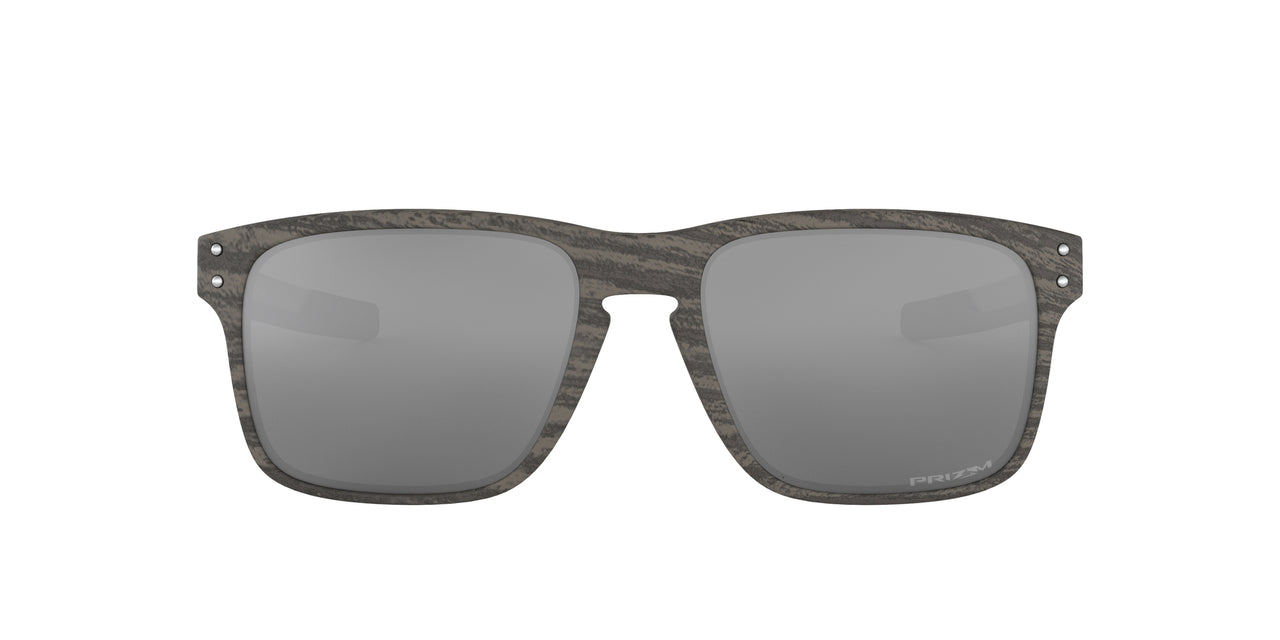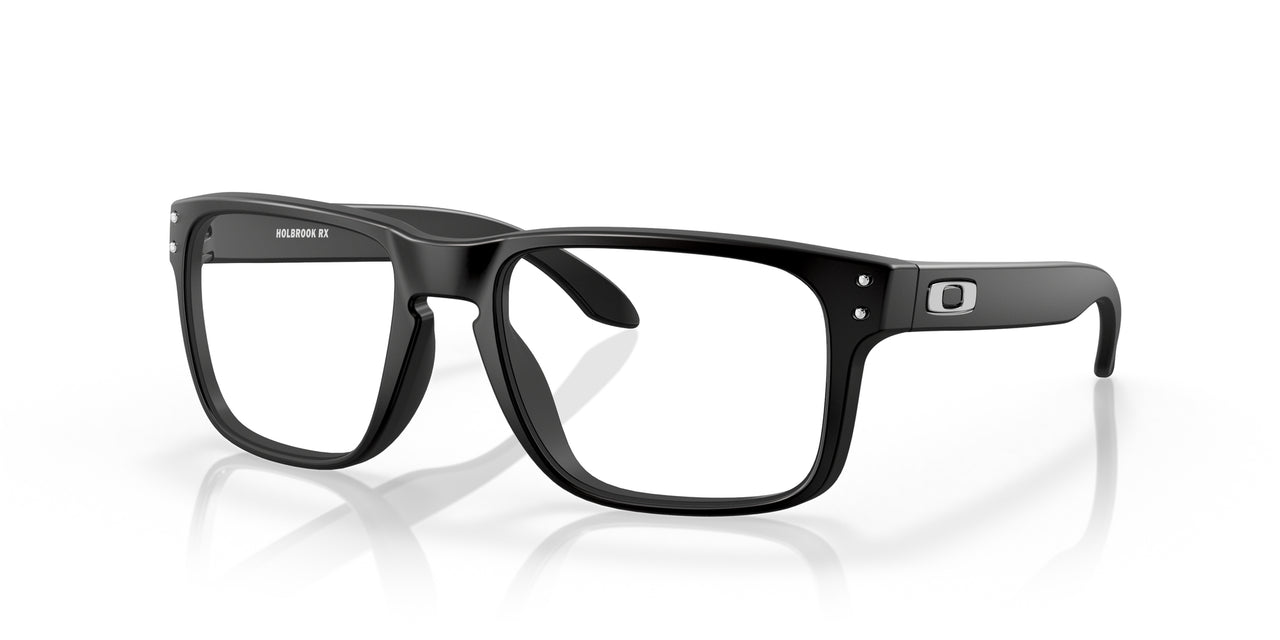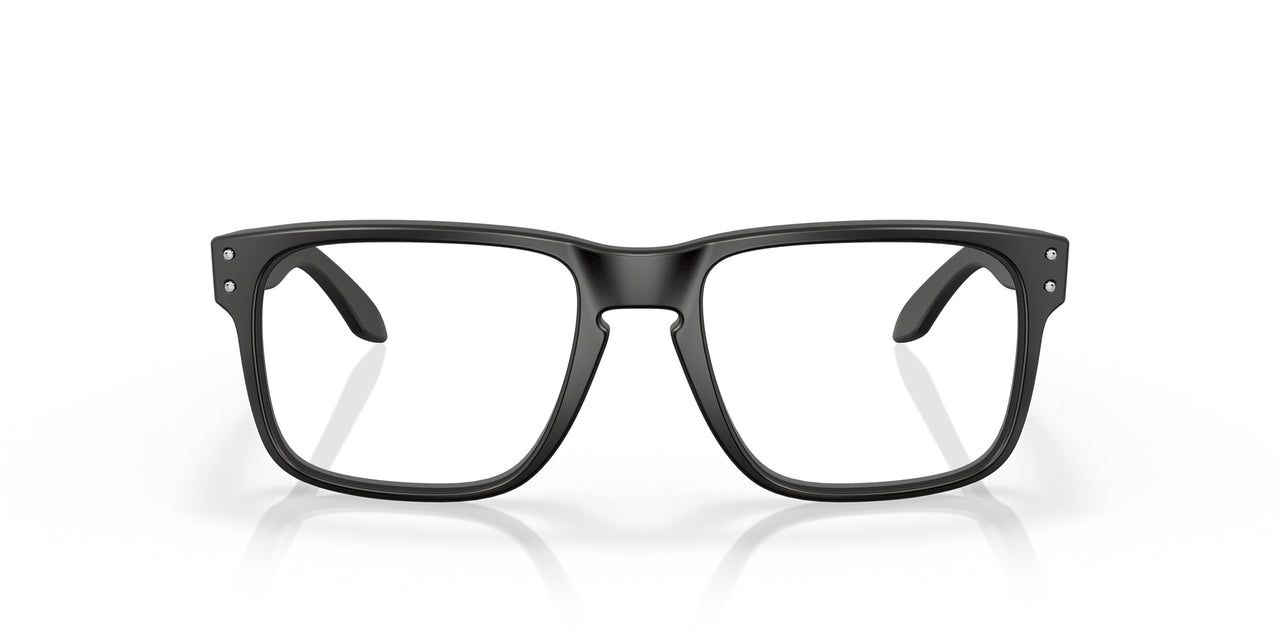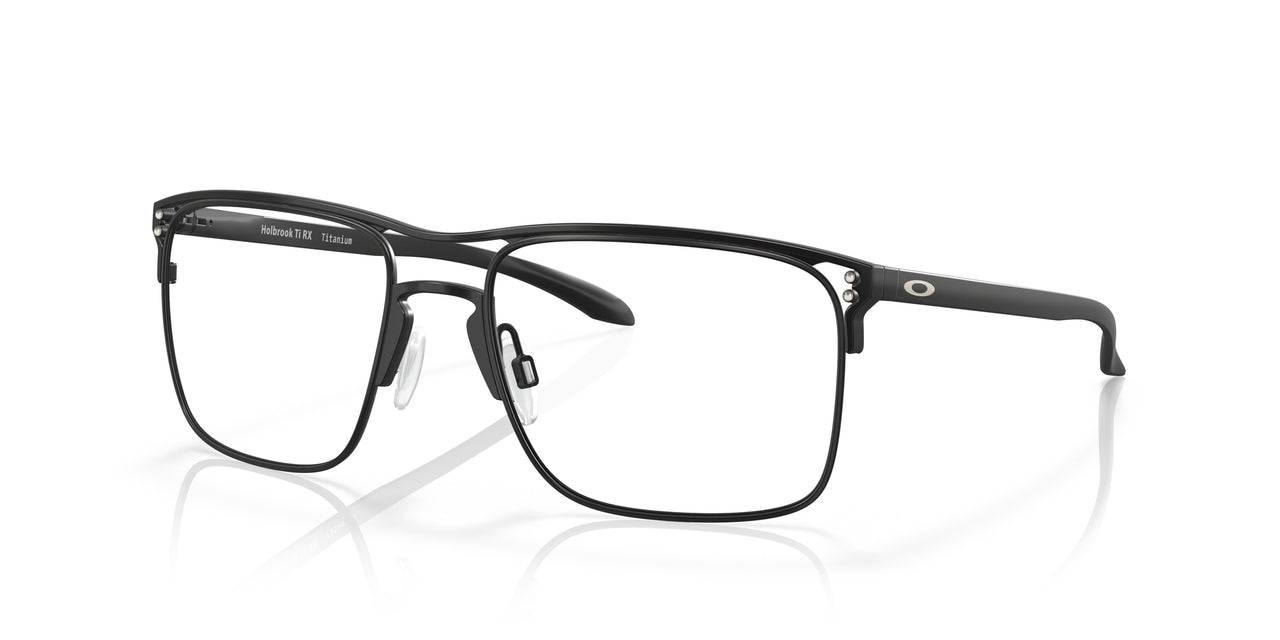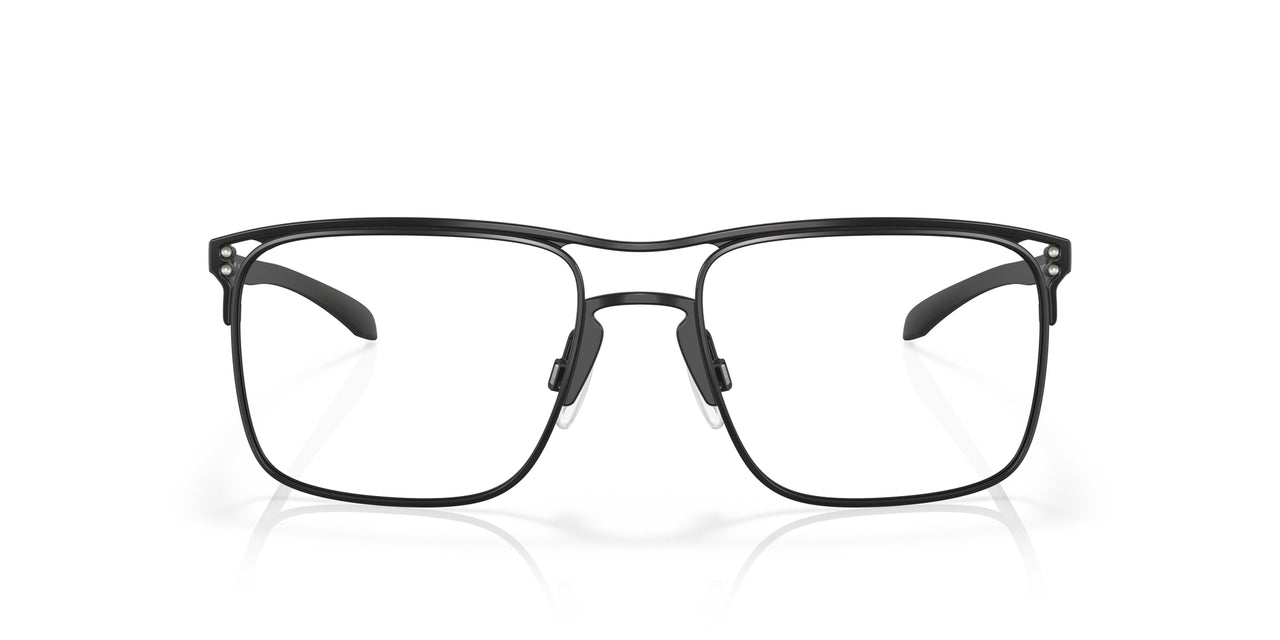Eyewear Lenses
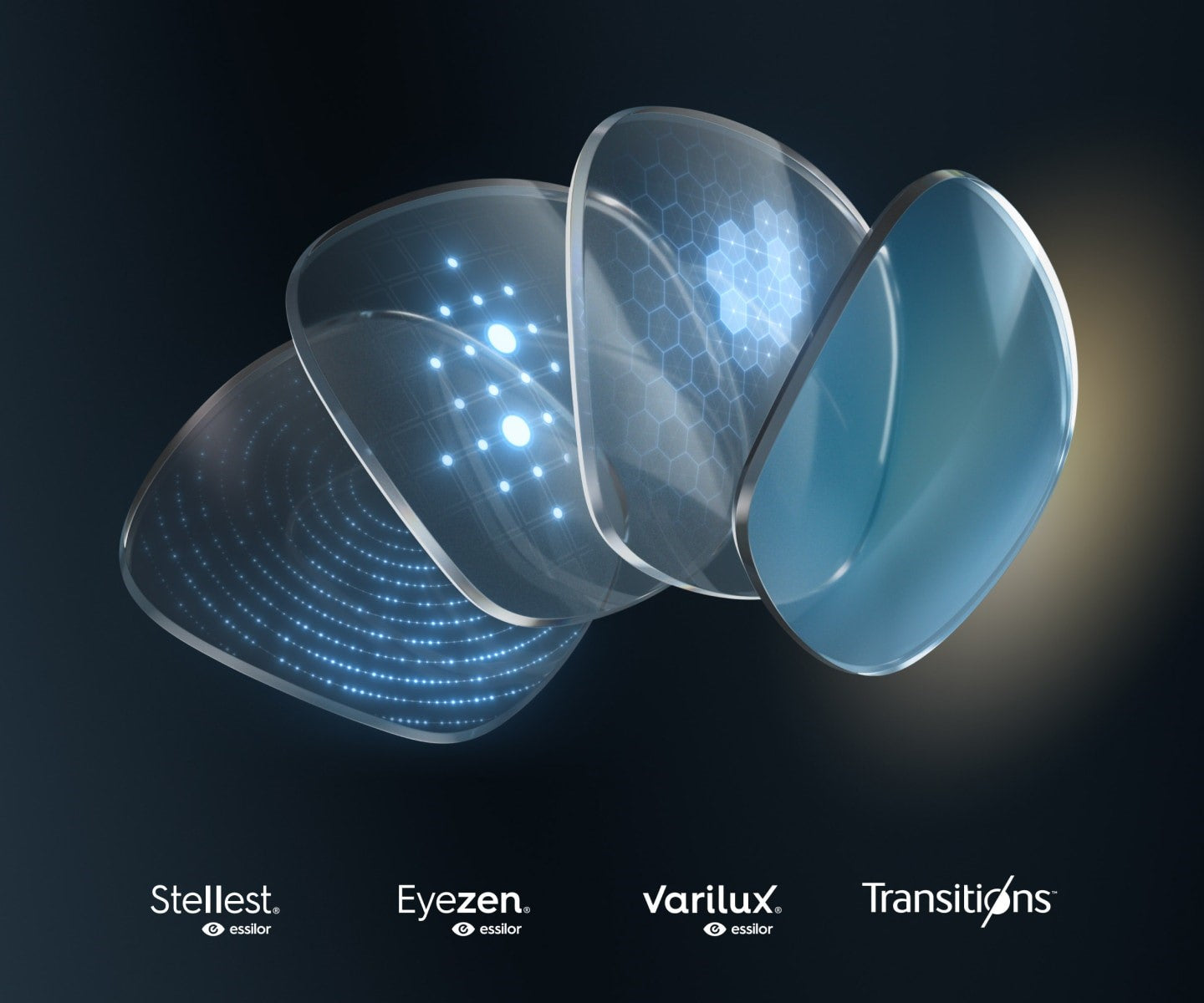
Eyewear Lenses
What are eyeglass lenses?
Eyeglass lenses are corrective optical lenses made of either glass or plastic that fit inside eyewear frames that help to improve or correct wearers' vision. Lenses are edged into prescription eyeglass frames and are customized to fit in the various shapes and sizes of the newest eyeglass frames. There are many options available when deciding on eyeglass lenses to meet the customer's prescription requirements, lifestyle, activities, environmental conditions like sun glare, night glare, and depending upon your hobbies and your profession. Manufacturers like EssilorLuxottica the world’s largest producer of eyeglass lenses and frames spend millions of dollars yearly on research and technology to develop and improve eyeglass lenses for the sole purpose of improved vision for all conditions.
Eyeglass lens materials vary in thickness depending on their refractive index; generally speaking,
- Higher refractive index materials like the 1.67 Index produce thinner lenses.
- Medium refractive index materials like polycarbonate are thinner lenses than a CR-39 Plastic lens.
What are the 3 types of eye lenses?
Eyeglass lenses come in different varieties depending on your prescription and vision needs, with
- Concave Lenses for nearsighted individuals. (Thin in the middle)
- Convex lenses for farsightedness. (Thick in the middle)
- Cylindrical lenses to better focus light onto the retina. (For astigmatism)
There are other lens options like bifocals, trifocals, and progressive lenses. Bifocals lenses feature two sections with different prescriptions: distance vision for the top and reading or near vision for the bottom. Trifocals offer an additional viewing distance for computer screens and an extra visible line. Progressive lenses (also called no-line bifocals) have a smooth transition from distance to near prescription without segment lines in their lenses. Progressive lenses look like a single vision lens but are excellent for viewing all distances. It is the best lens available for people over 40 who require a correction for both far, near, and computer and want the most natural vision without any lines or separations.
Which lens is best for eyewear?
Standard plastic lenses are included for free with any eyeglass frame purchase on Eyeglasses123.com. CR-39 which was invented by Frank Strain a chemist back in 1947 and stands for Columbia Resin 39th try. Named when he got it correct on his 39th try working for Columbia Resin company, has been the standard lens for many years and had replaced glass lenses for the most part.
- CR-39 has an index of 1.498 and is a basic lens that can be used for most prescriptions.
- Trivex or polycarbonate lenses: offer more durable impact resistance and should be considered when purchasing sports eyewear or children's glasses for sports use or safety eyewear.
- 67 Index lenses are a higher index and denser, they bend light more, and less material is needed.
- 1,71 Index lenses are your thinnest available lenses and are more costly, but if you have a high prescription and want the thinnest appearance then these lenses are for you. They are only available with an anti-reflective lens treatment since they are so dense let less light in and are reflective by nature.
Is anti-reflective coating worth it?
Anti-reflective coating can drastically increase the quality of your eyeglass lenses, yet before deciding it's essential to carefully consider all benefits versus costs before making your choice.
Anti-reflective coating improves your vision. This is a fact. Anti-reflective coatings not only eliminate lens reflections but can also improve vision by allowing more ambient light to reach your eyes without being reflected off their back surface and onto your retinas. This enhanced light transmission can make an immense difference in clarity and contrast.
Anti-reflective coating can also make you appear more professional during TV appearances, face-to-face meetings, interviews, or just everyday interactions by keeping people from seeing your reflection in the lenses. This feature is especially handy if your job requires eye contact with clients.
You should consider how you use and care for your glasses, as well as your lifestyle and needs. Some high index (HID) lenses already come equipped with anti-reflective treatments; if you prefer premium options, it may be worth paying the additional price to have a top-quality anti-reflective coating made to fit perfectly on prescription lenses.
Anti-reflective coatings that improve clarity are also available, along with treatments to block blue light from electronic screens. UV protection may also help safeguard your eyes by limiting exposure to harmful rays.
Are expensive eyeglass lenses worth it?
Yes and no. Just because lenses are more expensive does not mean they are right for you. In this article, we discussed the basic lenses like CR-39 plastic, which are more than adequate for an individual who has a mild prescription and is on a budget. However, I would still recommend Anti-reflective coating for these lenses, and this is still an inexpensive way to get great vision at a low price. If I had a higher prescription and was concerned about my lenses being too thick in a frame, I would recommend you select a plastic frame that helps to hide the lens thickness and a 1.67 index lens for a thinner appearance.
At Eyeglasses123.com we offer free prescription lenses with all eyeglasses frames. We also offer 25% off on all brands of eyeglasses including Ray-Ban, Oakley, and Costa Del Mar. Since we are authorized discounts are taken at checkout. We have a 15-day return policy.
At the end of the day, it all comes down to what suits you best. Plastic lenses may not be as scratch-resistant as glass lenses and may easily scratch when exposed to dusty environments or when using inappropriate lens cleaning cloths. Glass also distributes light more effectively and optimizes vision compared to plastic lenses.
Other elements that affect the price of glasses include the type of lens, customization options, and where you purchase your lenses from. Bifocal and progressive lenses typically cost more than single-vision lenses while adding features like polarization or anti-reflective coating can increase overall costs further.
Who makes the highest-quality eyeglass lenses?
Eyeglass lenses come in all sorts of materials and with various special coatings to help reduce scratching, reduce glare, and protect eyes from UV light. I recommend Essilor for anti-reflective coatings. They have many variations such as Crizal, Sapphire, Rock, and Prevencia.
These treatments are the latest and best-performing ant reflective treatments on the market.
The different versions offer better transparency, scratch resistance, durability, easy cleaning, and improvement in vision you won’t find anywhere else.
Eyeglasses123.com offer Crizal products and we guarantee their performance and we will replace these premium lenses if they fail to perform in everyday life.

